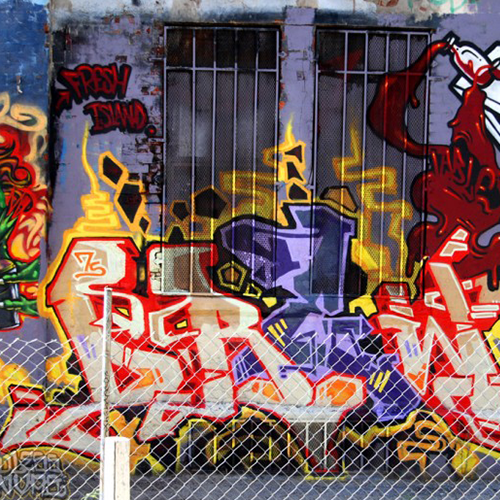Graffiti street art is everywhere, once a banned practice – artists are now paid to paint their designs on walls in form of murals or graffiti. It’s come a long way from the day’s when artists had to sneak around in the dead of night to get their talent out there to the public. Urban art has finally stepped into the daylight to allow artists to show their flair to the world. For me as an artist, this is music to my ears.
“The word graffiti, or its singular form “graffito”, come from the Italian word graffiato which means “scratched”
I thought for this blog I’d go back and look at the history of graffiti. The underground art of graffiti has its origins in the late 1960s in Philadelphia, through “bombing”. Writers Cornbread and Cool Earl went about town writing their names just to gain attention from the community and media. Darryl McCray known as Cornbread was a high school student from Philly who did his first tag to get the attention of a girl he liked – Cynthia Custuss. Graffiti began to be showcased in the 80s as galleries began to pick up different artists work.
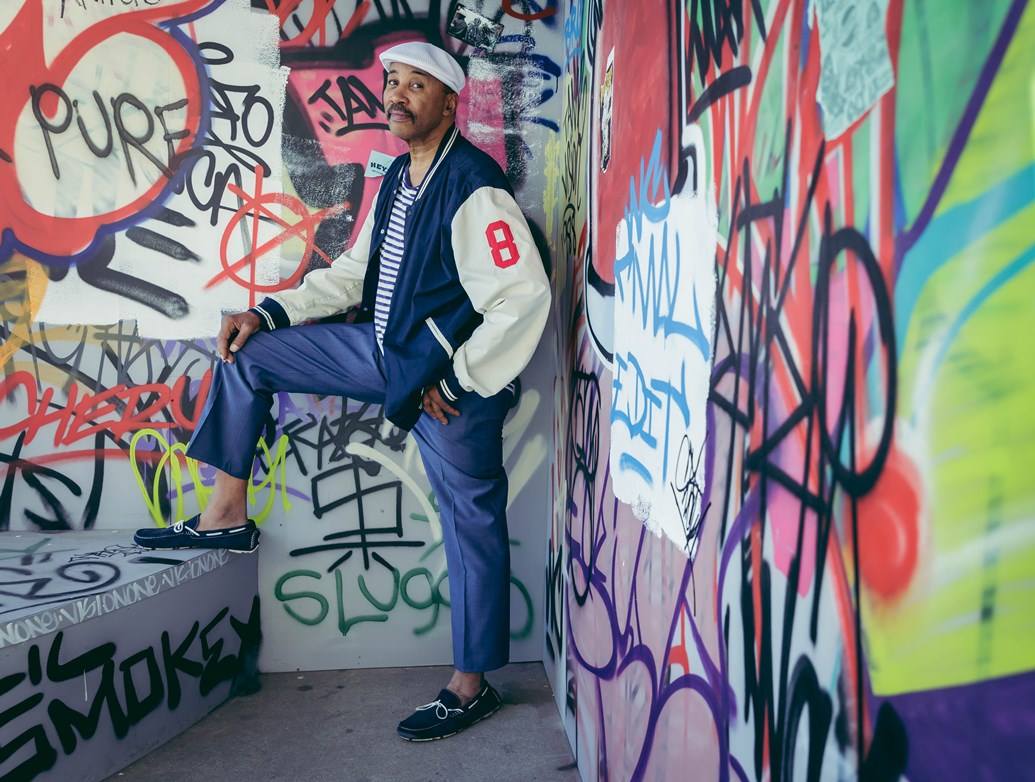
One of the first graffiti artists – Darryl McCray known as Cornbread
“The word graffiti originates from Greek γράφειν—graphein—meaning “to write”.
The original purpose of graffiti used as a tool to express yourself as an artist and your point of view on anything, including personal expression, culture, politics and music choice. As the years rolled on and graffiti gained popularity it was more of a creative and expressive art form.
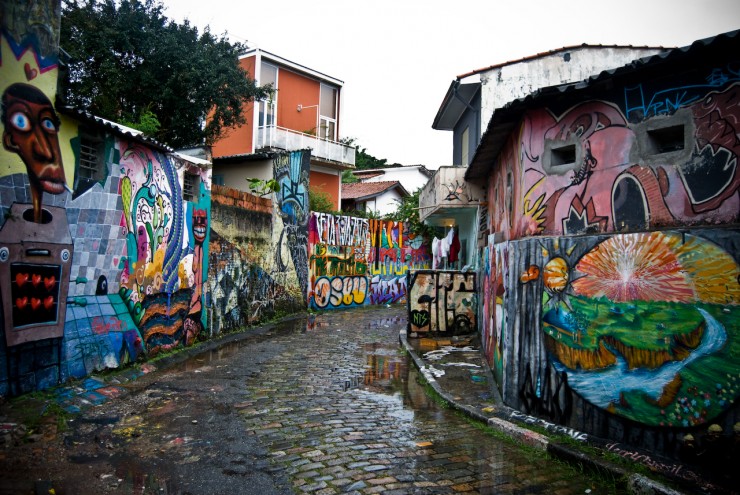
Image: Sao Paulo, Brazil
The top 10 Cities with the most Graffiti:
- Bristol, UK
- Berlin, Germany
- Buenos Aires, Argentina
- Los Angeles, USA
- Bogota, Columbia
- Melbourne, Australia
- New York City, USA
- Stockholm, Sweden
- Sao Paulo, Brazil
- Paris, France
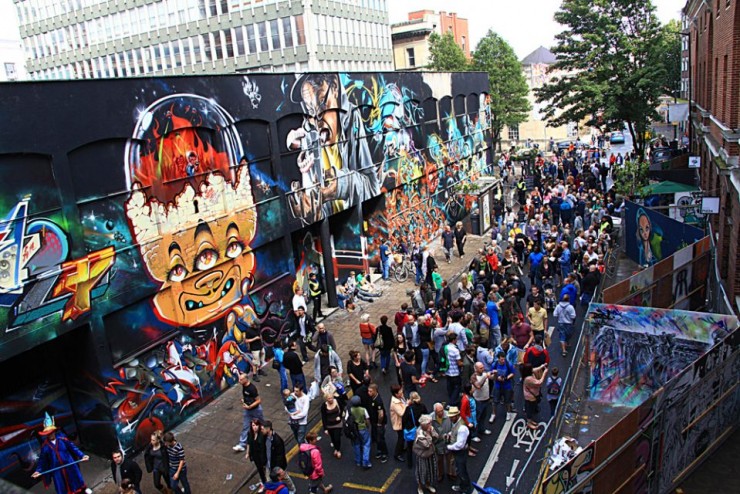
Image: Bristol, UK
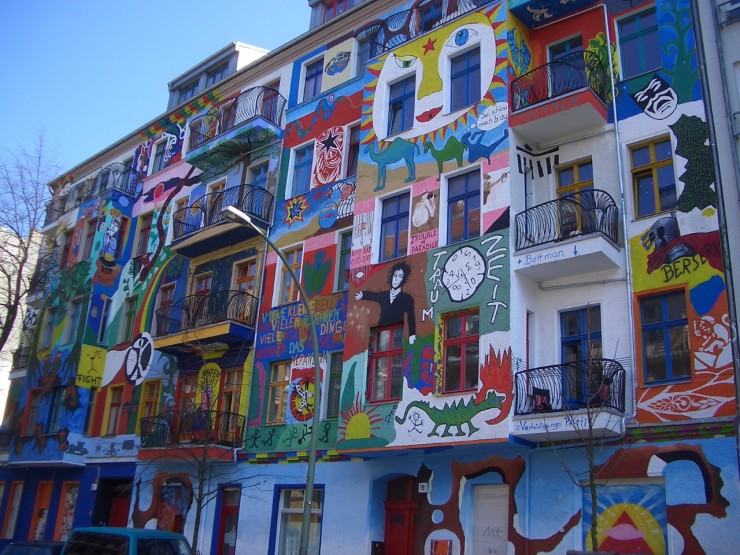
Image: Berlin, Germany
Here’s some of the different styles of graffiti:
Tag: Tagging is the easiest and simplest style of graffiti; it includes one colour and the artist’s name.
Throw-up: A throw-up is like a more complicated tag. It usually has two or more colours, and bubble-style lettering. A throw-up can be done quickly and repeatedly, just like a tag.
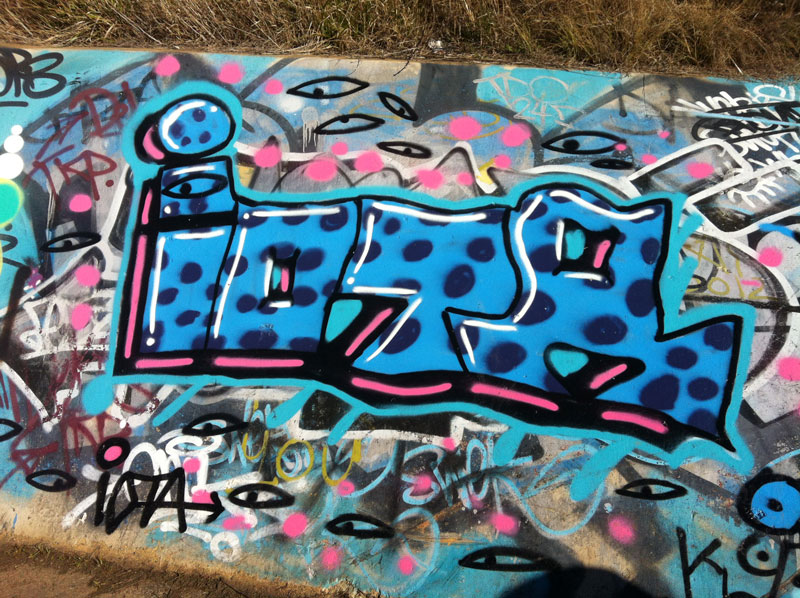
Image: A throw-up at Tuggeranong Parkway underpass in Chifley, UK
Old School: Refers to styles developed in the 70s and 80s at the beginning of graffiti art. They are a basic tag and throw-up graffiti which showed up in New York’s subway system.
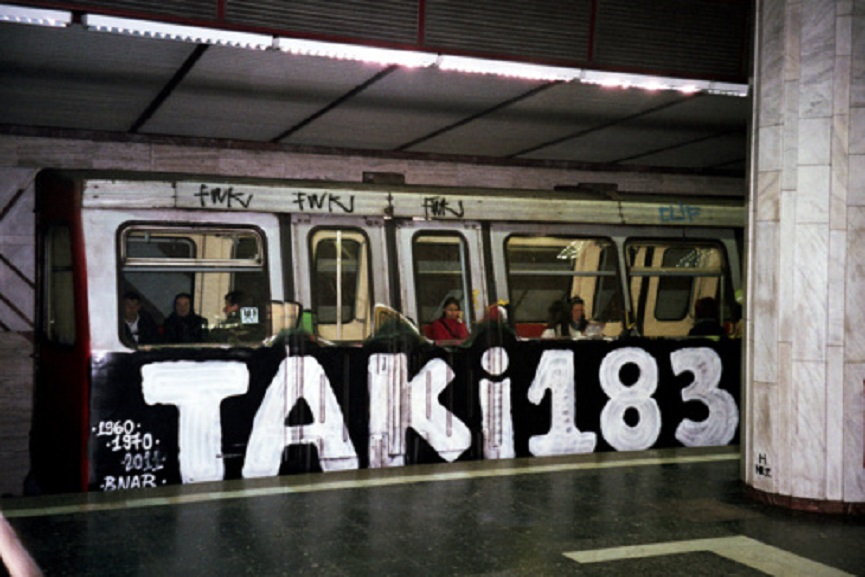
Image: TAKI 183 – Metro tag, New York via wikiart.org
Blockbuster: A blockbuster is like a massive throw-up, usually in blocky letters. Blockbusters are done quickly to cover a large area. Blockbusters can be painted with rollers, which makes them faster and easier to do. Large rectangular letters distinguish this style.
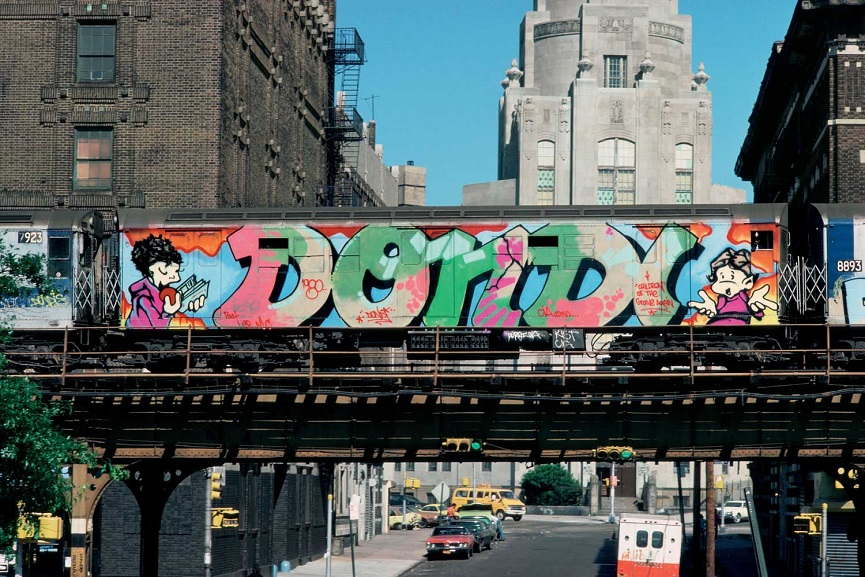
Image: Wholecar via pintrest.com
Wildstyle: Wildstyle is an elaborate version of a throw-up and is really hard to read. Wildstyle often consists of arrows, curves, spikes and other things, the decorative elements merge into one another.
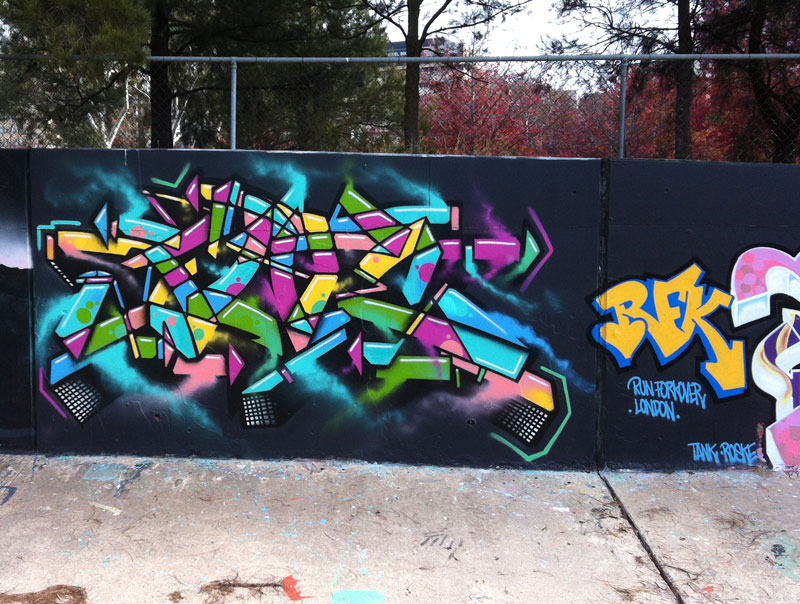
Image: Wildstyle in Callam St stormwater drain, Woden UK
Bubble: With bubble style it’s the rounding up of tags and throw-ups. The letters are round, circular and often overlapping partially one another which create an image that seems to expand in a way. Usually done in two colours.
Fat Cap: Fat cap is a name for a special spray can nozzle used for graffiti art. It was invented in the late 60s by a graffiti artist Supercool. It allows the paint to deliver in a wider stream of spray, creating large lines. Used for tags, throw-ups and fillings.
Stencil: This is one of the most common styles of graffiti where shapes are made of cardboard, much the same as when I am airbrushing, I use paper. The forms are cut out and applied with spray or roller to walls. It makes replication easy, some of the well know stencil artists are: Banksy, Vhils and Above.
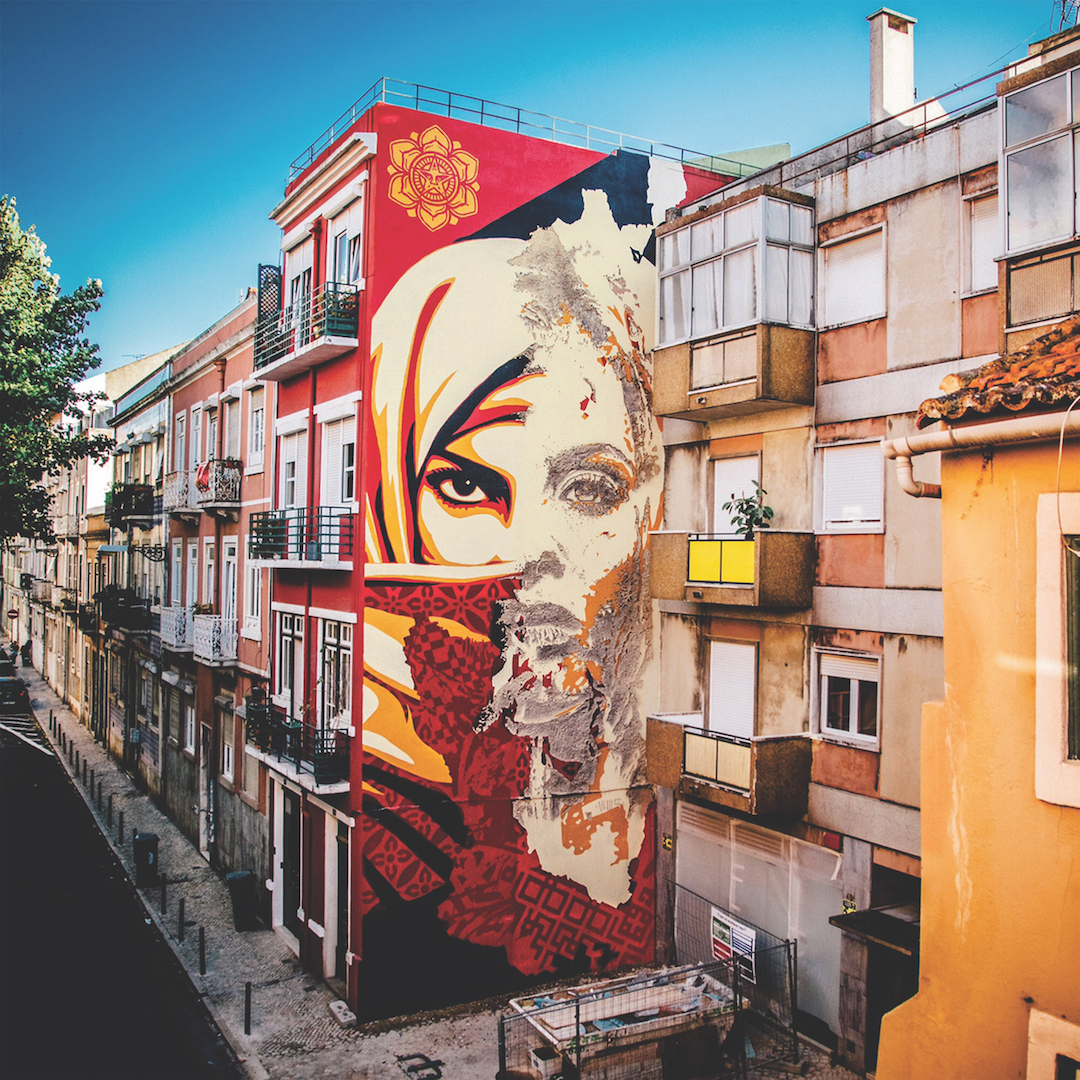
Image: Vhils
If you’re looking to do some graffiti or street art, make sure you get your hands on some good quality spray paint. I use Montana and Ironlak cans here in Australia, they have a great selection of colours.
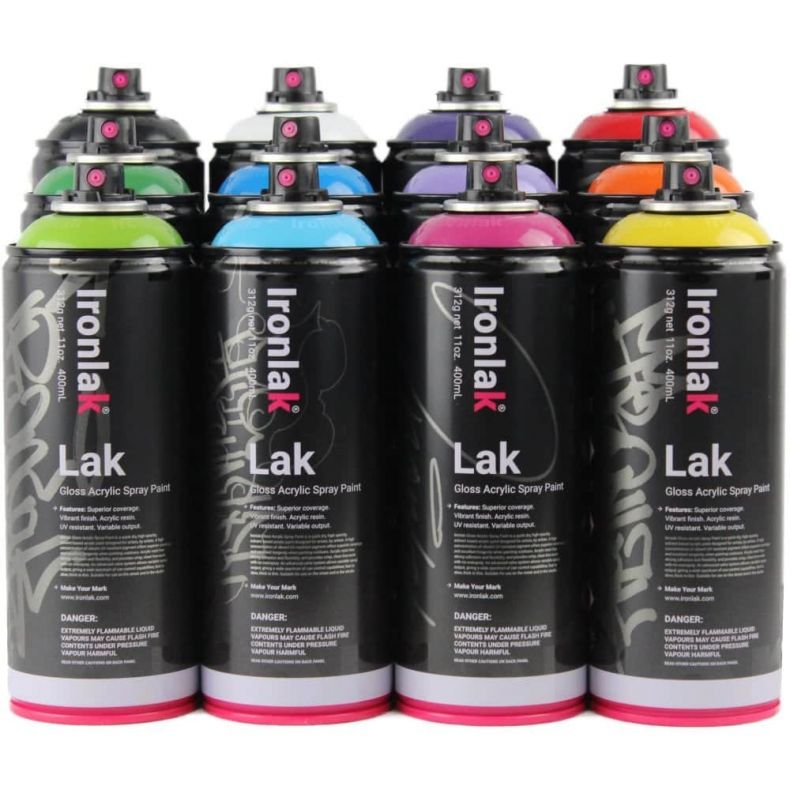
Get in touch with me if you’re looking for an artist for your next street art/ graffiti piece.
Email or phone 0417 66 75 23







